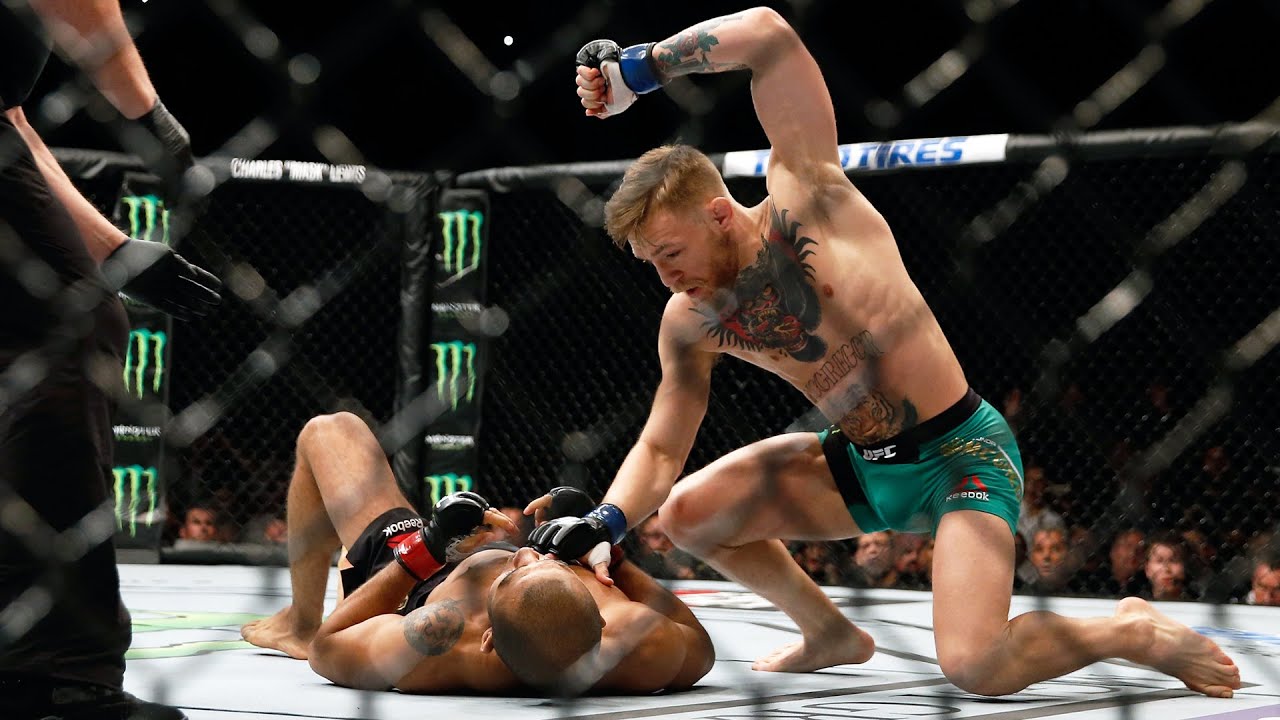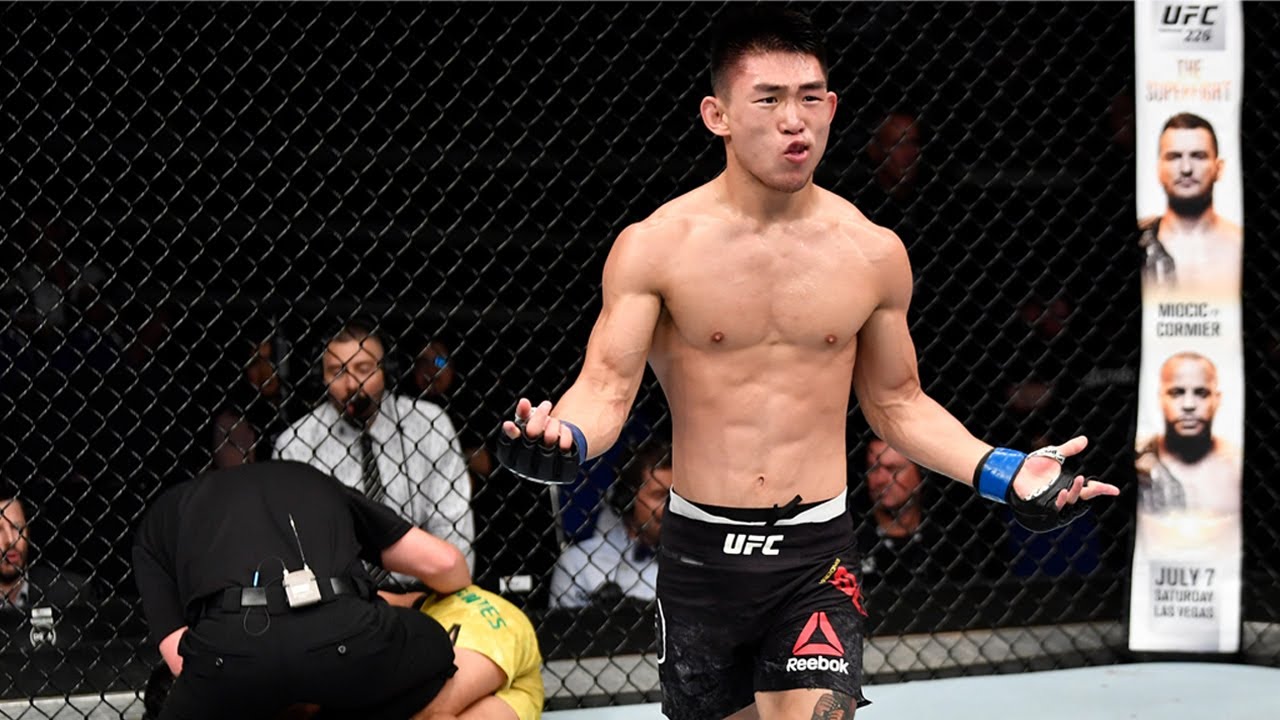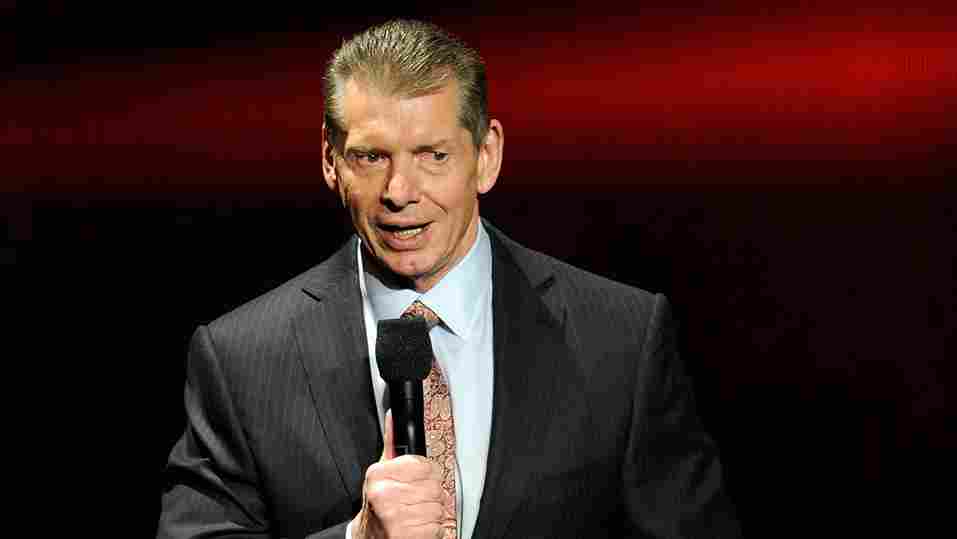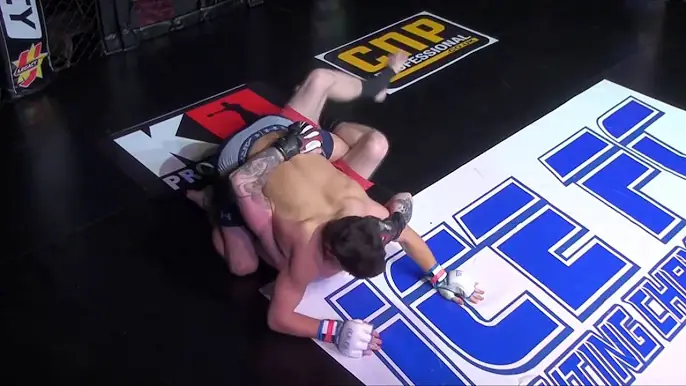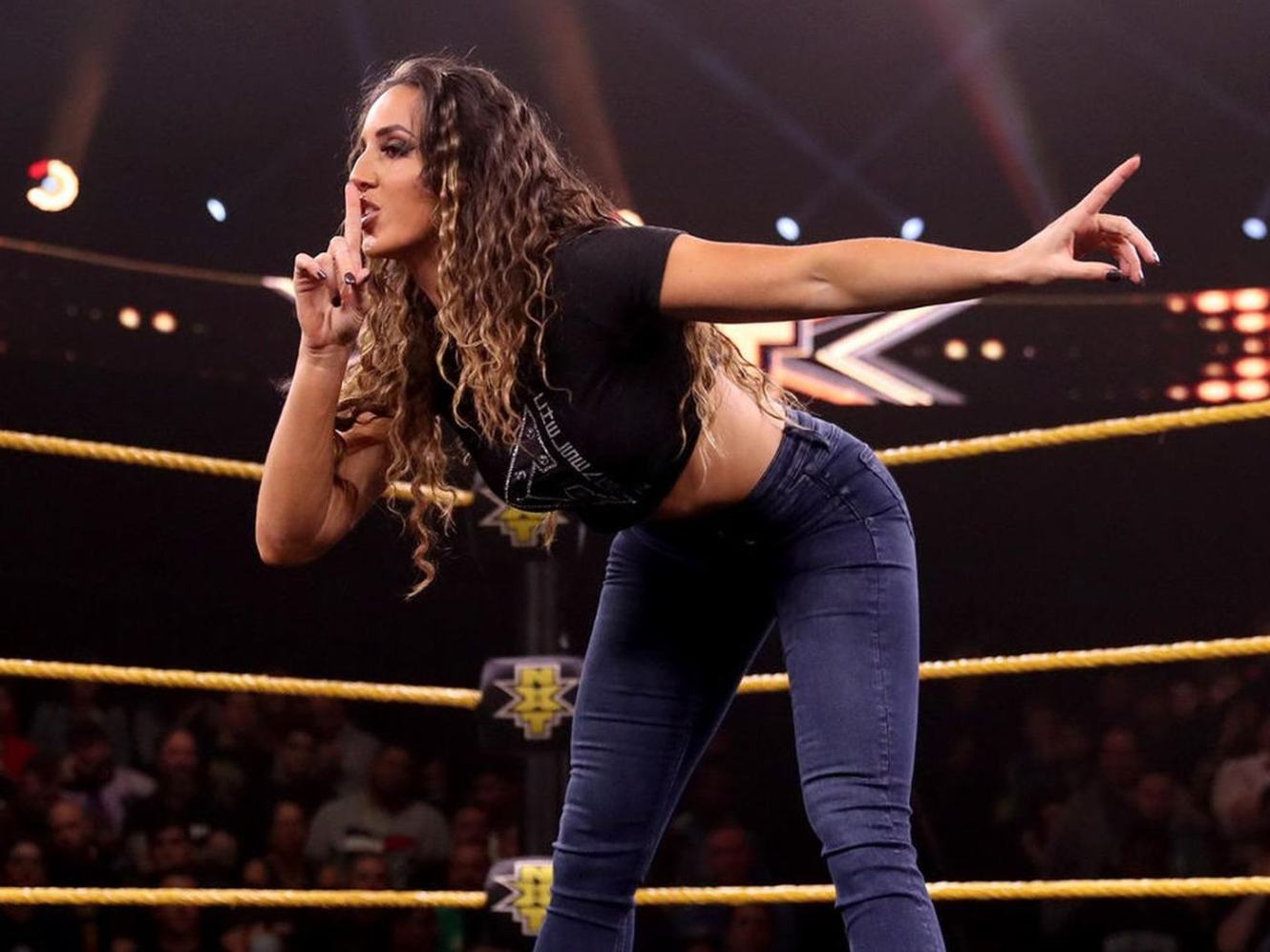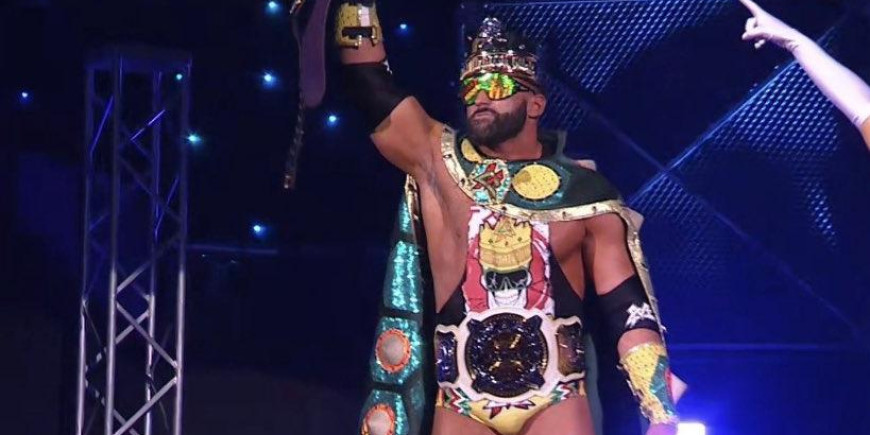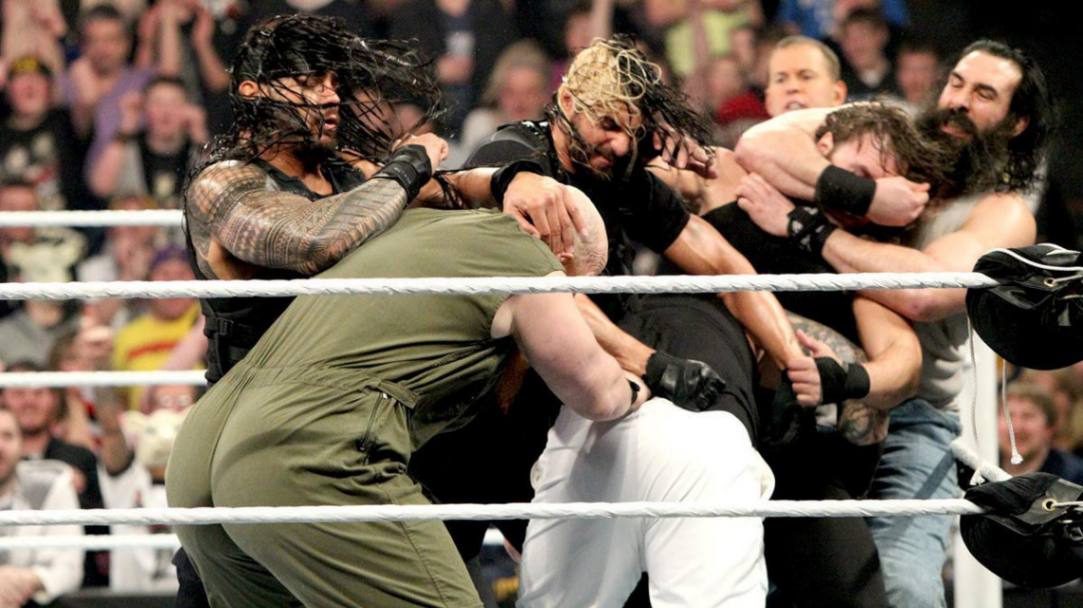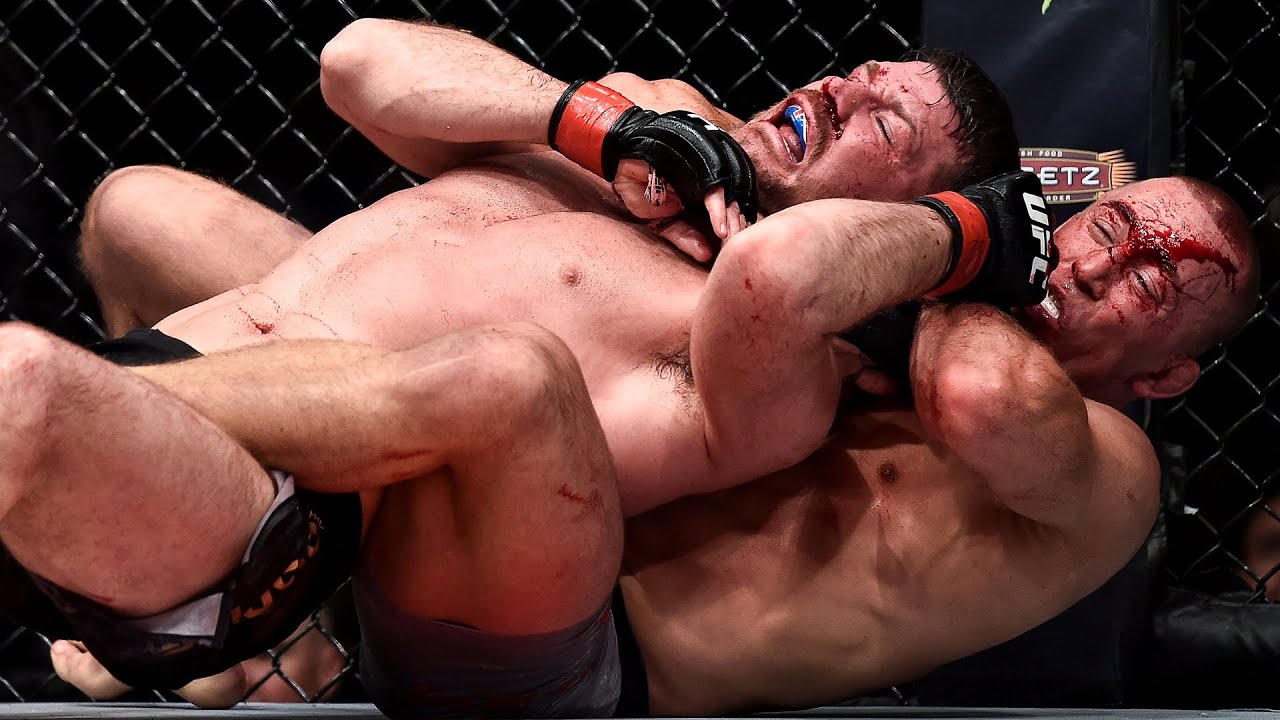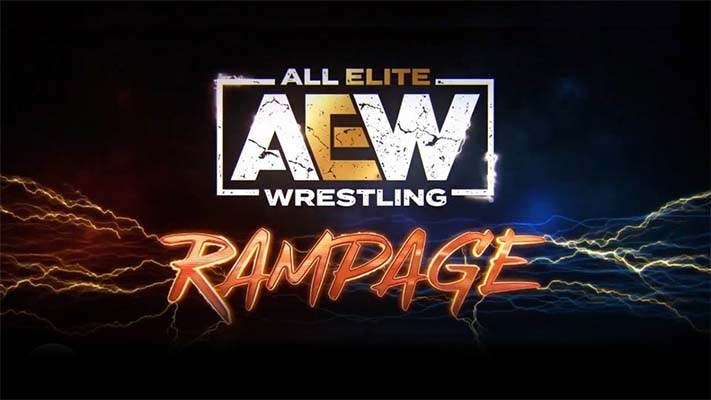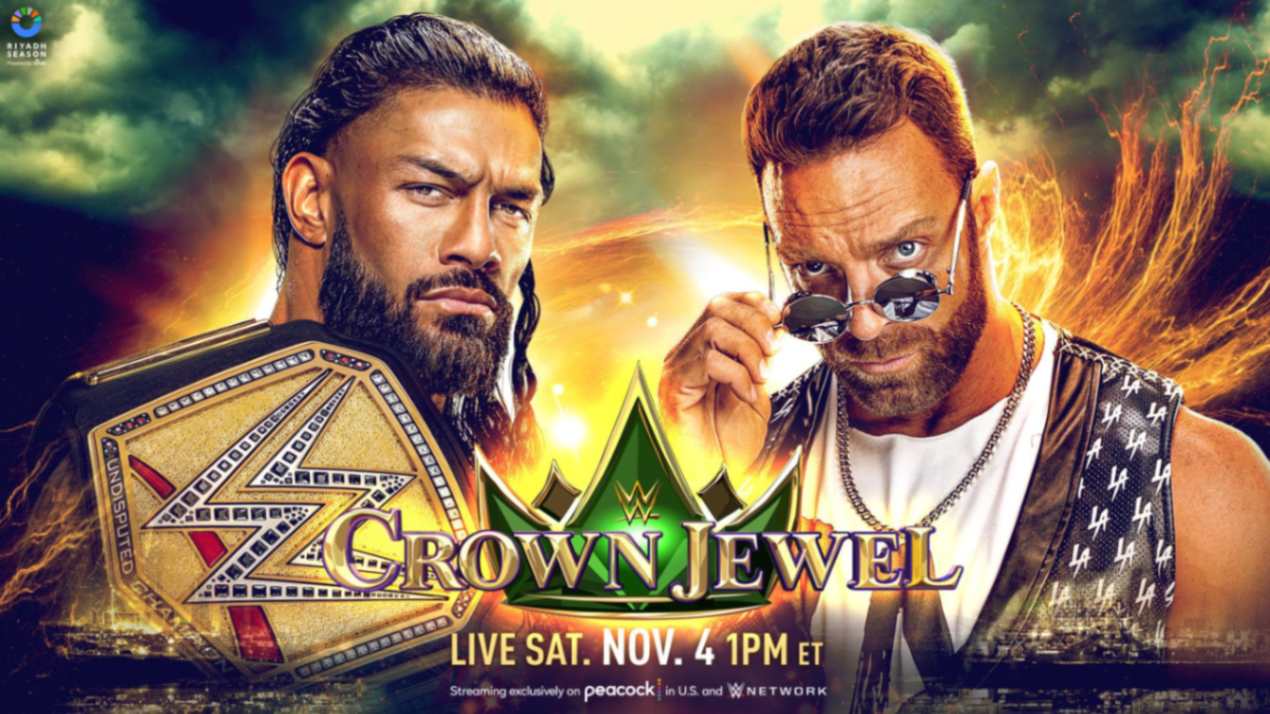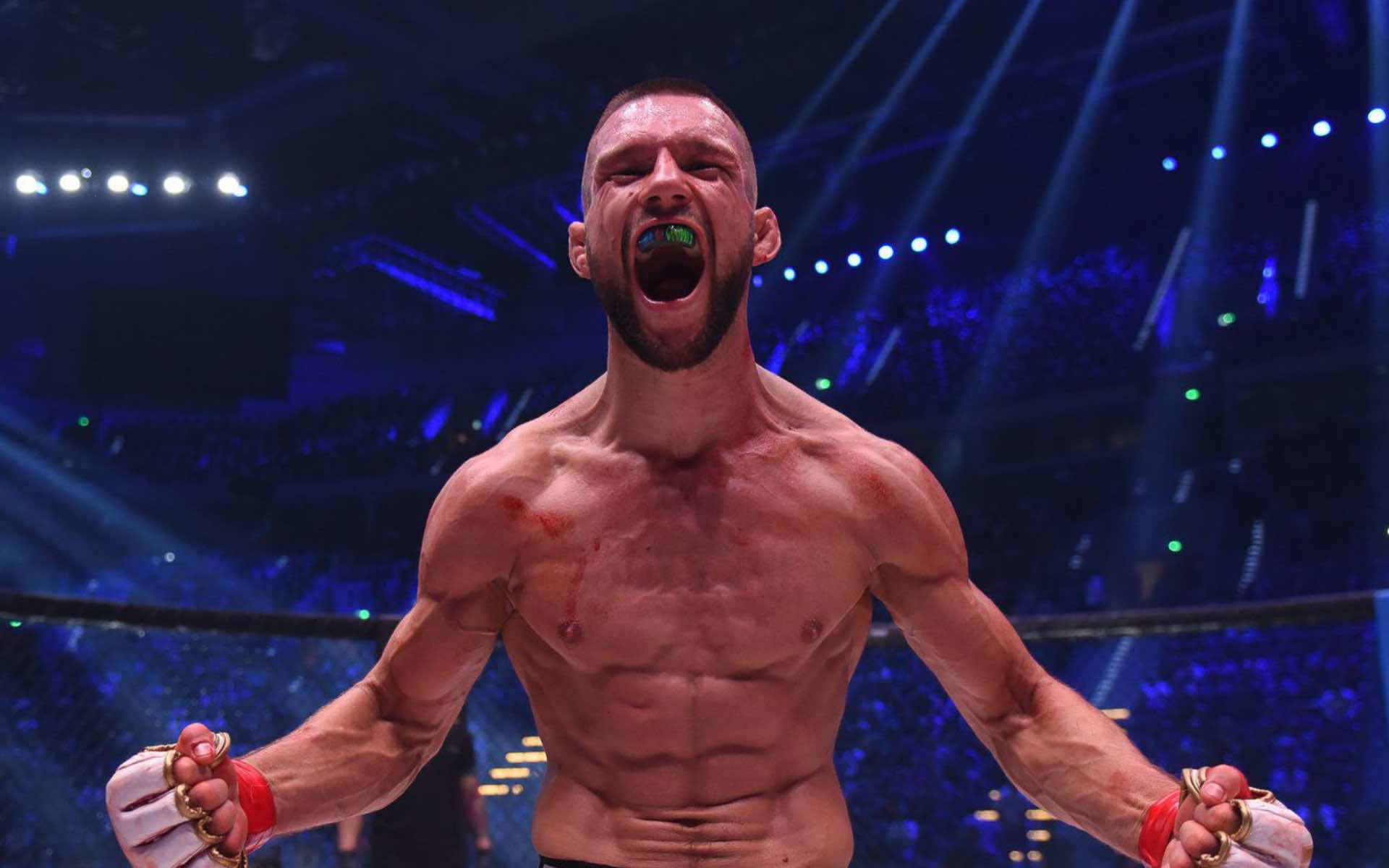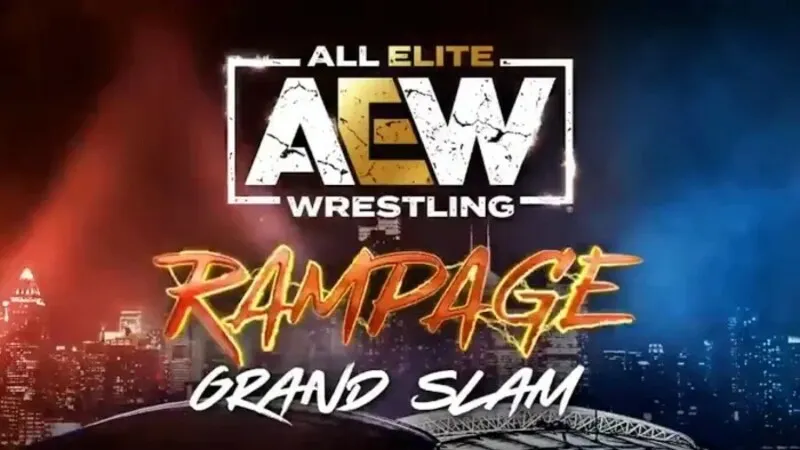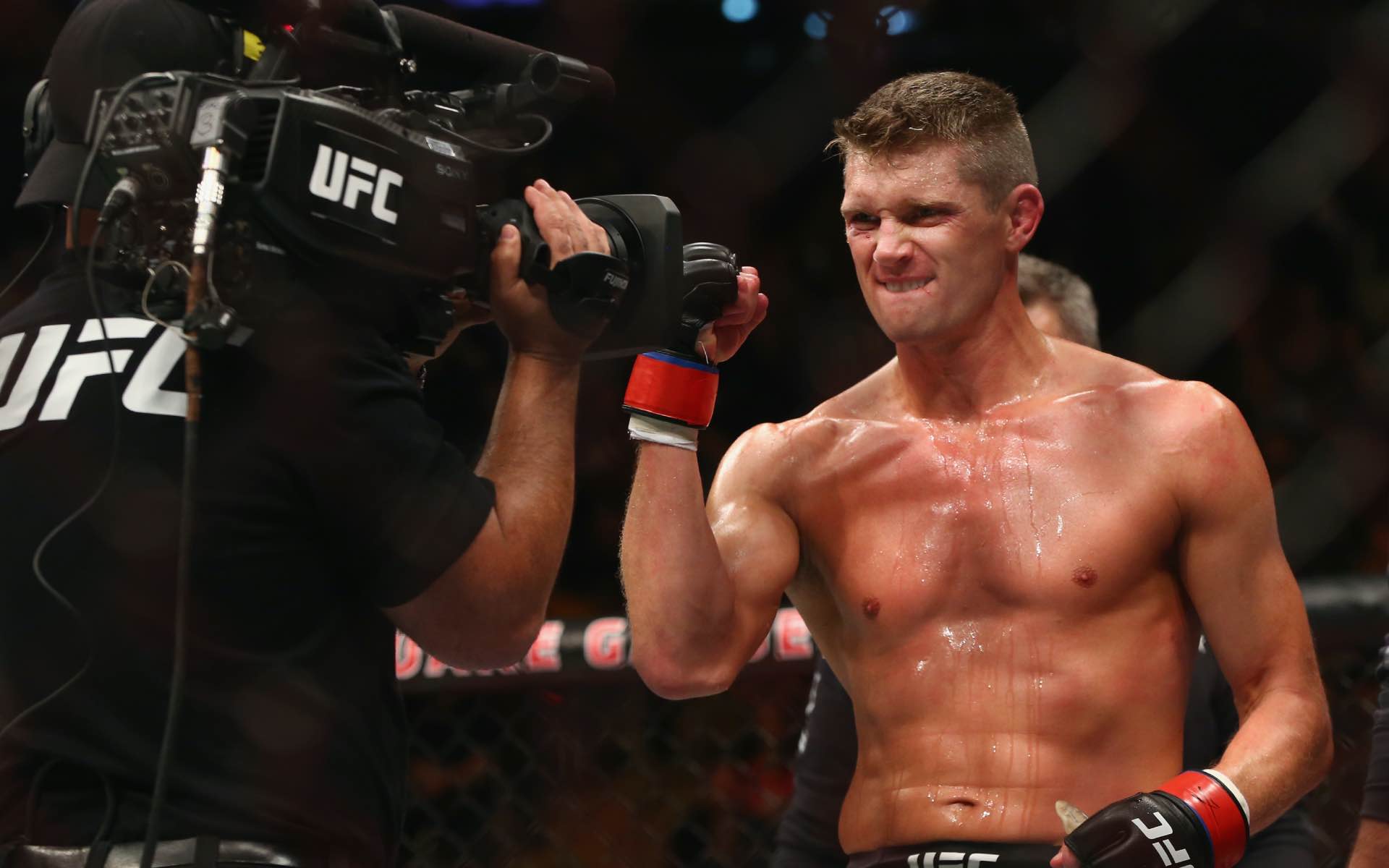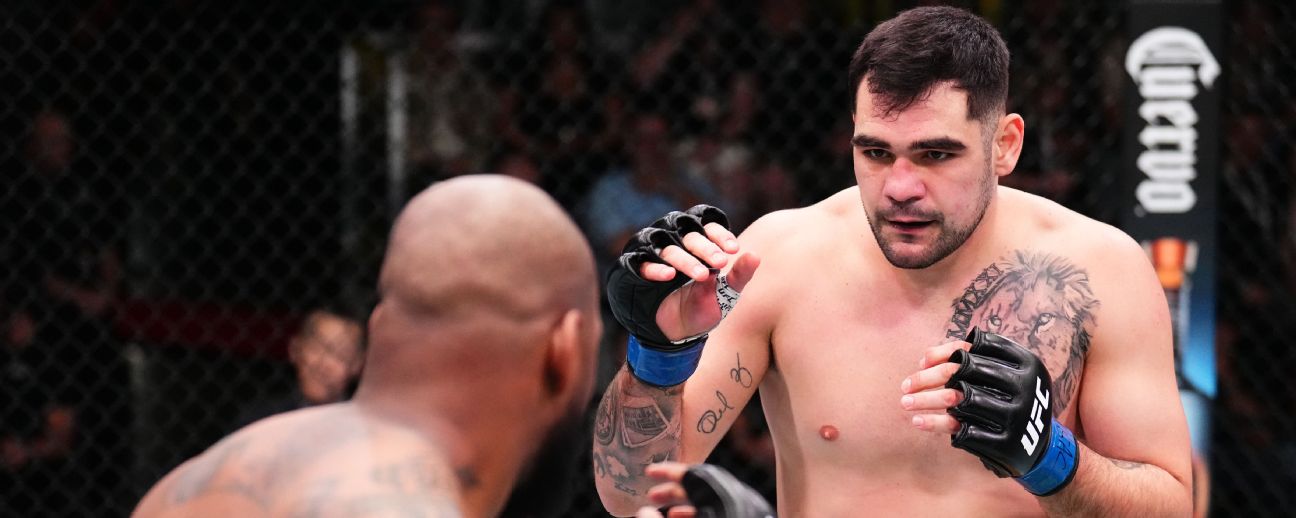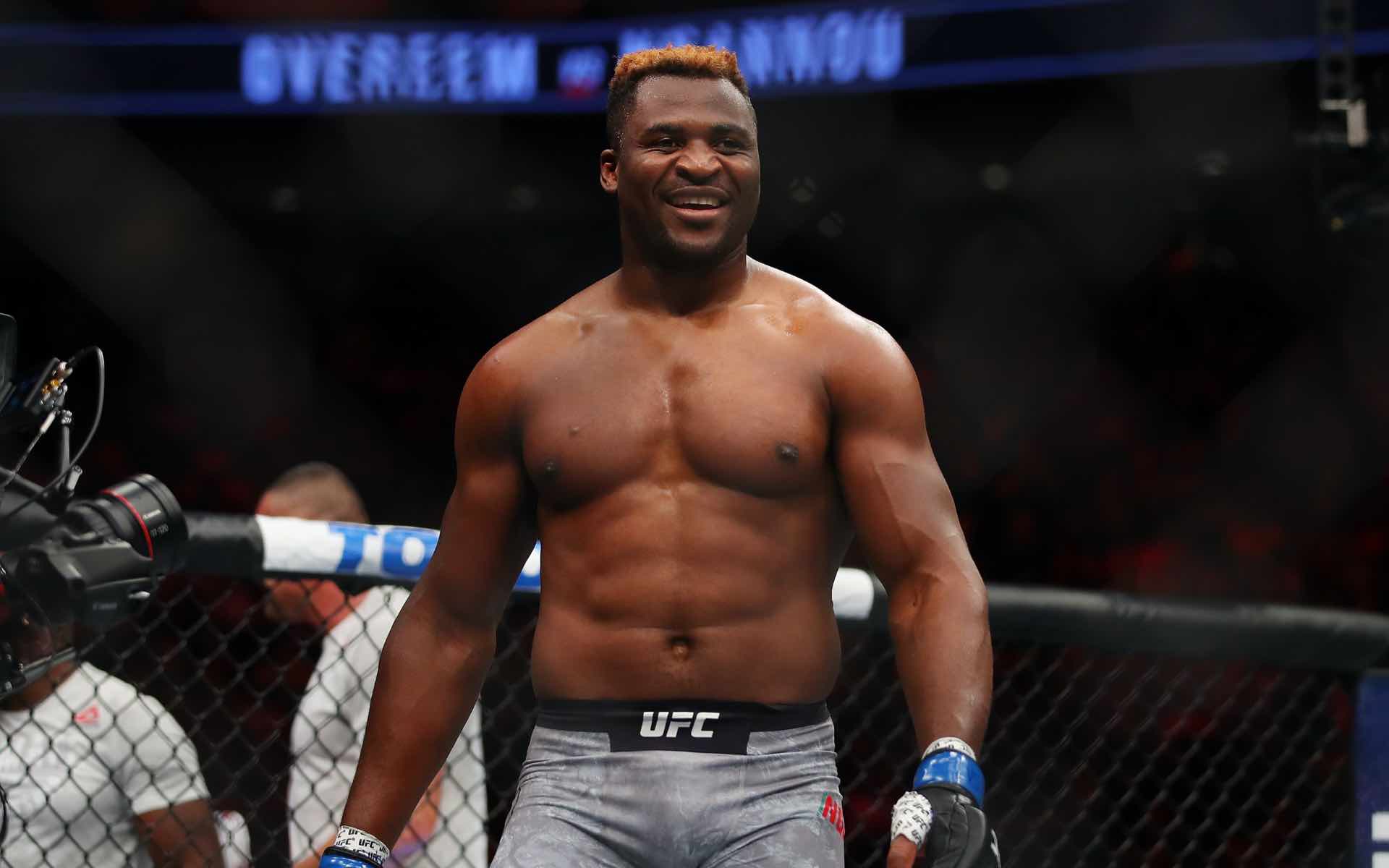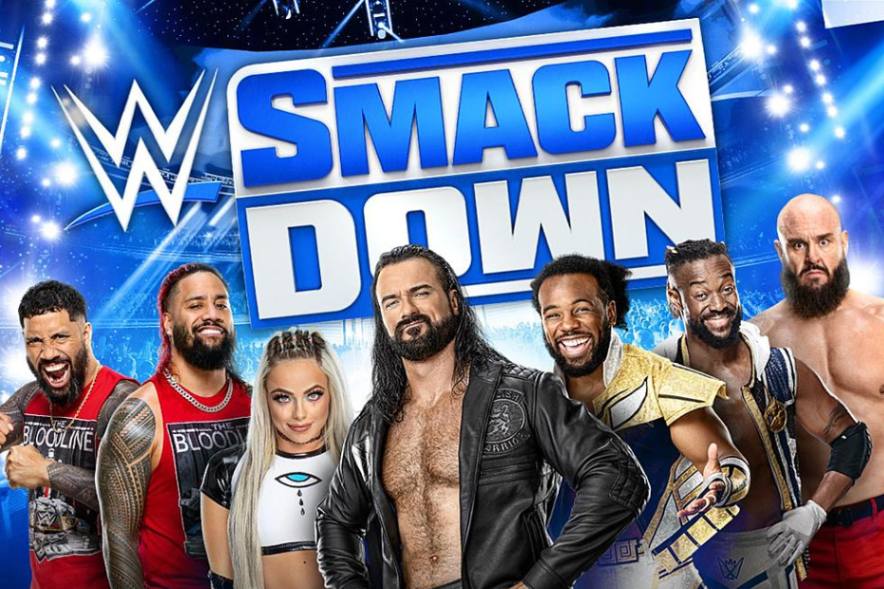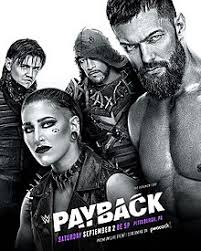The Business of UFC Pay-Per-View: What Makes a Fight Card Successful
For years, headlining pay-per-view events were the driving force behind the UFC’s profit model and the focal point for its most recognizable talent. Several million dollars have often been cleared with one card by the professional promotion—income that’s always relative to the depth of any given card’s talent pool and generated by the card’s appeal to an ever-growing fan base. But what exactly makes a UFC PPV fight card successful? The article will earmark crucial elements leading to the success of a UFC PPV event: from star powers to fighter storylines.
- Star Power and Main Event Appeal
The pay-per-view success of UFC derives from the star factor relevant to the fighters involved, and more so if they are headlining the card. Like stated earlier, the main event shall be the singular draw to the fan, and having one very popular and in-demand fighter is what spells the difference in the overall success of a PPV.
Conor McGregor is the very epitome of a fighter who drives huge PPV buys through his star power. It’s the charisma of McGregor, his ability to sell a fight through his trash talk, and highlight-reel knockouts, which have made him one of the biggest draws in the history of combat sports. His events almost always draw about a million PPV buys, independent of the undercard or the opponent.
An example is the fight between McGregor and Khabib Nurmagomedov during UFC 229. This pay-per-view holds the record for the highest selling of all time, with more than 2.4 million buys.
Crossover Stars
This is the kind of fighter that is important for bringing credibility to the PPV platform. For instance, credible and huge ticket fights for Ronda Rousey and Brock Lesnar cross over outside the world of MMA into the mainstream. In the example of Rousey, the combination of mainstream popularity with domination in the women’s bantamweight division set records for successful PPV events. In the case of Lesnar, a cash cow of professional wrestling, most of his huge draw was a product of various takes on his giant persona.
A good PPV is going to have fighters in the headliner that the fans want to see and who offer some type of appeal with it, as it is the big sell point that brings in those who do not follow the sport, for the most part.
- Good Storylines and Rivalries
More than star power, a tale spun around the fight card is what makes it. Interesting plotlines, good or bad blood, all create hype and drama, with fans tuning in just to see the fight.
Grudge Matches and Heated Rivalries
Rivalries with evidence of real animosity or past animosity will draw even more buys on PPV. For example, the feud between Jon Jones and Daniel Cormier set up to be one of the greatest feuds in UFC history, as both competitors went back and forth trash-talking one another, and at one point, a brawl broke out between the two at a press event. That helped light the fuse on the pressers, and high tension, coupled with the huge stakes that fight for a title brings, means Cormier-Jones fights are can’t-miss affairs and often translate to monster PPV successes.
Interest
Underdog stories will also resonate with fans, particularly when a fighter upsets the odds to give an outcome against a dominant champion. This sets up the sympathetic favorite heading into the impossible to become the heavy emotional investment for the fans cheering that stage. For instance, the rise of Holly Holm leading to her shocking knockout of Ronda Rousey at UFC 193 was compelling and produced a record number of buys for a PPV.
Championship Fights and Legacy
Title fights, and especially those with a belt on the line, add significance to what is already a huge event in a PPV show. Fans are always intrigued by a chance to see something historic—one of those types of fights shows that kind of moment when either the champion is pulling off the defense of the title or an underdog is trying to take the throne. Legacy fights do also quite well; a place in the history of the sport is one of the bigger talking points.
An example of such a legacy fight that pushed the pay-per-view sales to big numbers is the return of Georges St-Pierre to the Octagon at UFC 217, where he took on the title of middleweight.
- Hands Down Brilliant Undercards and Co-Main
Although the main event is obviously the headliner, an undercard and a co-main event really help with the whole success level of a PPV. If fans are going to be fully sold on a PPV, they need to feel like they’re getting enough bang for their buck in terms of quality fights, not just quantity.
Stacked Cards
The need for these cards to be filled with action means the UFC often goes out of its way, booking multiple title fights or extremely popular fighters, though not always in title fights. For example, UFC 205 in New York City, the first show since the state legalized MMA, was headlined by three title fights and a few other important/relevant fights. All the same, the depth of that card most certainly helped it draw well over 1.3 million PPV buys at the gate.
Upcoming Talents and Promising Prospects
Another even important point in creating a much better up card for the PPV event is new fighters who are up and about with so much potential or with so much excitement going on around them. The potential for a breakout performance can arrest attention. Really, that’s how the UFC normally utilizes PPV events—a true platform for budding talent to showcase and ideally build their fan base.
Diverse Pairings
It represents all the weight divisions and every fighting style, resulting in a wide cross-section of fans. Well-rounded cards, which have a pepper of striking battles and grappling showcases along with some tightly matched combats, ensure that there’s something in it for the MMA fan across the spectrum. It holds the viewers in suspense and contributes to overall lure towards the event.
- Well Marketed
It is in this regard that promotion and marketing prove crucial in a UFC PPV event. The UFC is very strategic in promoting the events using both traditional media channels and the Campbell paper digital platforms and social media to build the hype and pre-event interest.
Embedded Showcases and Chronological Count Downers
Pre-fight, the UFC “Embedded” series and “Countdown” shows allow for an insight into the fighter’s build-up during fight week. It all helps to build anticipation for the fans. The fans are shown the build-up to the said event, and sometimes real training regimens, mindset, or even a glimpse of the fighters’ lives. Moreover, it humanizes athletes further and increases the emotional bond between the performers and their audiences.
Press conferences and face-offs
Press conferences and face-offs are key components of the UFC’s promotional strategy. Each will often give a close-up moment or two—maybe it is in the form of a verbal altercation between the two opponents or a particularly charismatic fighter giving a witty one-liner. Clips like these ramify over the internet, gathering more interest around the upcoming PPV.
Social Media and Digital Engagement
Social media is an important promotional tool for the UFC PPV events. Fighters make themselves available to interact with fans on Twitter, Instagram, and YouTube, helping to build up the hype. In this, the promotions carry out some promotional preparatory digital work even creating some highlight reels and additional promotional contents that then become shared through loading multiple social media platforms so that it is easy to promote the fight to the greatest number of international customers.
Media Relations Tours and Appearances
Prior to big pay-per-view shows, the UFC tends to do media tours and appearances of its major fighters in the event. This junks into interviews from the mainstream media circles and sometimes even talk show appearances by engaging fans. With this, the UFC can reach an audience that isn’t just the typical MMA fan and get some of the more casual viewers to buy up the PPVs.
- Timing and Competition
Success of a PPV event is highly dependent on its timing relative to other alternatives of entertainment or sport. Hence, therefore, one of the critical positions of the UFC is placing the events within a schedule that will assure the maximization of the viewers at any given time.
Avoiding Major Sporting Events
The UFC will often avoid scheduling a big event on the exact same nights as other major sporting events, for example, the Super Bowl, World Series, or NBA Finals, so there aren’t any major events that the UFC would be going head-to-head with for viewers. It picks dates that would most likely be successful in capturing PPV buys.
International Markets and Time Zones
As the UFC is going more global all the time, it is taking into account time zone differences in timing its PPV broadcasts. A UFC show taking place at a location somewhere in the Middle East or Europe would be timed to make sense for local audiences and North American PPV buyers. Getting the timing right, especially with regard to time zones, is one of the most critical aspects of maximizing worldwide PPV revenue.
Holidays weekends
Holiday weekends, such as the Fourth of July in the US, are usually pay-per-view dates for the UFC. Such weekends, fans are more likely to have the leisure to unlock and order a PPV, maybe even invite friends and family, and have a live party.
- Pricing and Availability
The success of a PPV event can be greatly determined by its price and how accessible it is to fans. The UFC has innovated different strategies in pricing and platforming its events.
PPC Pricing
The normal price range for a UFC PPV in the United States runs about $60 to $70, depending on the market and how significant the event is. The force of a recession has led the UFC from time to time to offer price breaks or bundled deals when more than one PPV was being purchased, especially with the effect of economic uncertainty.
Streaming and Digital Platforms
Increased streaming online and the developments of Platforms have made the UFC PPV events accessible. For the ardent fans, PPV is available for purchase and streaming even with different media groups instead of the conventional ones: ESPN+ in the United States. The online digital platforms are available, and fans can access several events by watching through their devices, such as smartphones, tablets, and smart TVs, by reaching the content to a broader audience easily.
International Accessibility
The UFC has put in due and serious work to expand its international reach with local broadcast partners, digital platforms, and the UFC Fight Pass. Wherever the fans are around the globe, the UFC makes sure they can easily avail of its PPV events, therefore maximizing both the global reach and possible revenues.
- Post-Event Impact and Legacy
The legacy and impact of a PPV typically take on life in terms of what lies next after the final bell. The memorable fights, shocking upsets, or controversial outcomes mean supporters will keep talking after the dust has settled, and that can trigger an increased interest in future UFC PPV events. Personal Best Moments Knockouts and submissions are highlight material; real fights that fuel the long-term potential for success of any single PPV. They become replayed and rebranded on social media networks again and again, connecting each other with subsequent UFC events.
Grudge matches and rivalries
A successful PPV event can lay the ground for future rematches or continued rivalries. In so doing, it whets the apprehension and enthusiasm underway for such a future Pay-Per-View schedule. To unpack this further—picking-up from the contentious decision in the first Jon Jones vs. Alexander Gustafsson fight at UFC 165, the public was calling for a rematch. This would eventually be inked and fought at UFC 232. Pre-fight hype was built by the legacy that the first fight between the two fighters had established, and yet another PPV emerged from that promotion.
Impact on Careers of Combative Athletes
PPV events could stand to make or break careers, depending on the performance exhibited in them by fighters. This all translates into one great performance on the big card to carry a fighter forward into more lucrative affairs. On the other hand, a bad fight might slow the momentum down a lot and even turn it into negative vibes for the fighters’ career.
Conclusion
The star power of its fighters, compelling storylines, solid undercard, effective promotion, and timing created the right mix that made UFC pay-per-view events successful. All those moments were carefully thought of, and it now allowed the UFC to sit in the history books of combat sports with some of the most memorable but profitable events ever held. As the UFC continues to grow and evolve, the business of PPV will remain a critical component of its success. If the strategic breakthroughs into new markets, rapid rise of digital platforms, and emergence of new stars keep going on, most probably, the UFC will continue producing blockbuster PPV events with massive audiences from around the world.
